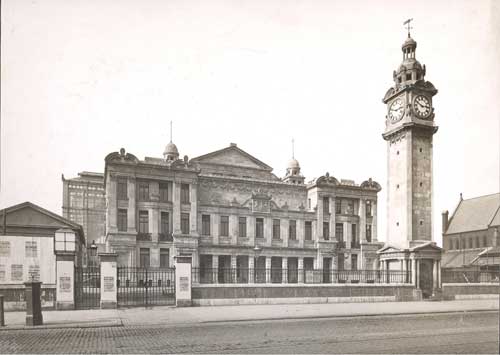Our history
Queen Mary has a long, proud and distinctive history built on four historic institutions stretching back to 1785 and beyond.
Our founding institutions are: St Bartholomew’s Hospital Medical College, London Hospital Medical College, Westfield College and Queen Mary College.
All four institutions were founded to improve the lives of people with less privilege. St Bartholomew’s Hospital Medical College and The London Hospital Medical College were established to improve the health of the local communities in the City and east London. Westfield College and Queen Mary College provided education to women and working class communities in the East End, respectively, at a time when these groups faced extreme barriers to education.
Timeline of key events and achievements in Queen Mary's history
1123
1740
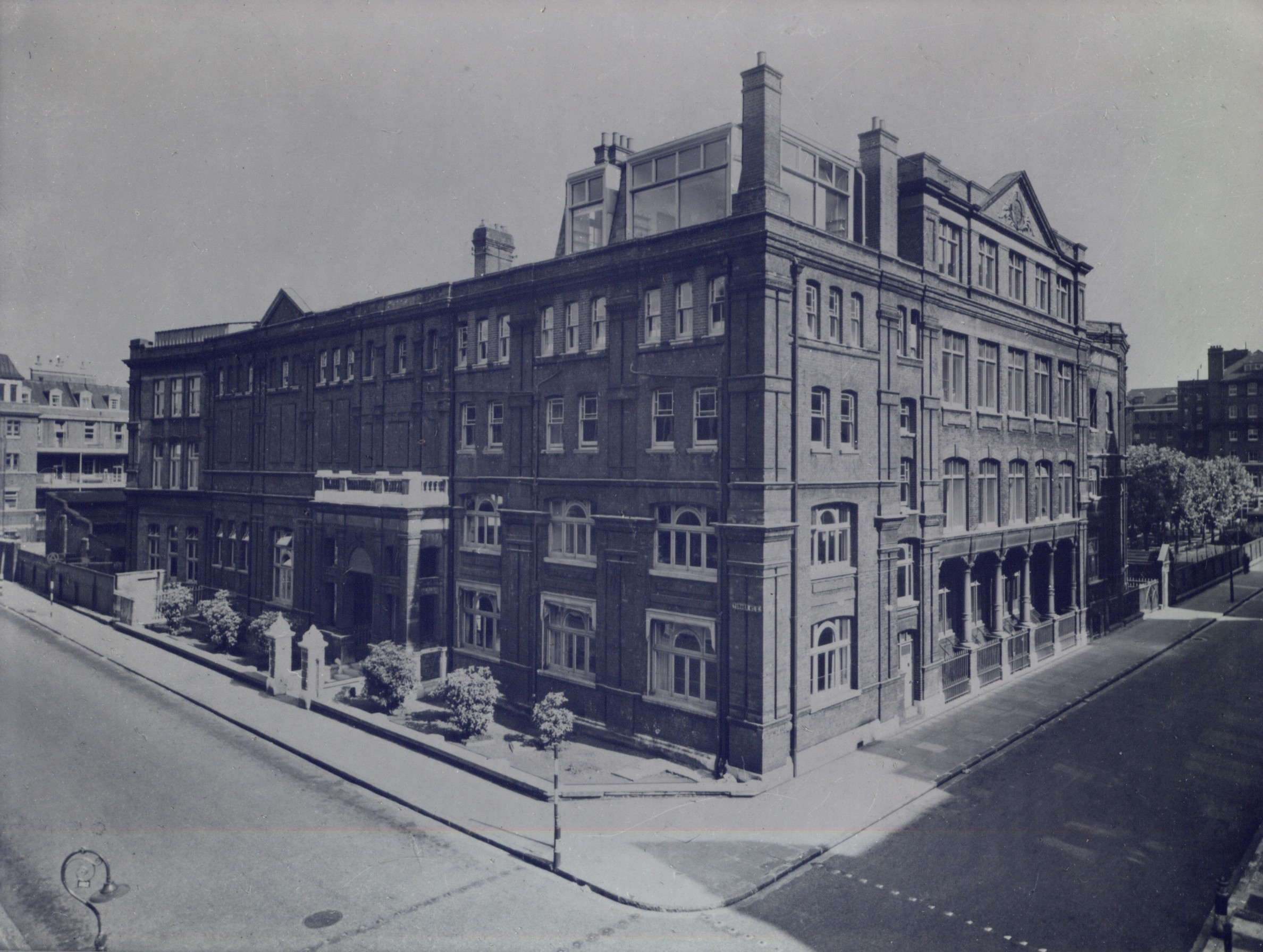
1785
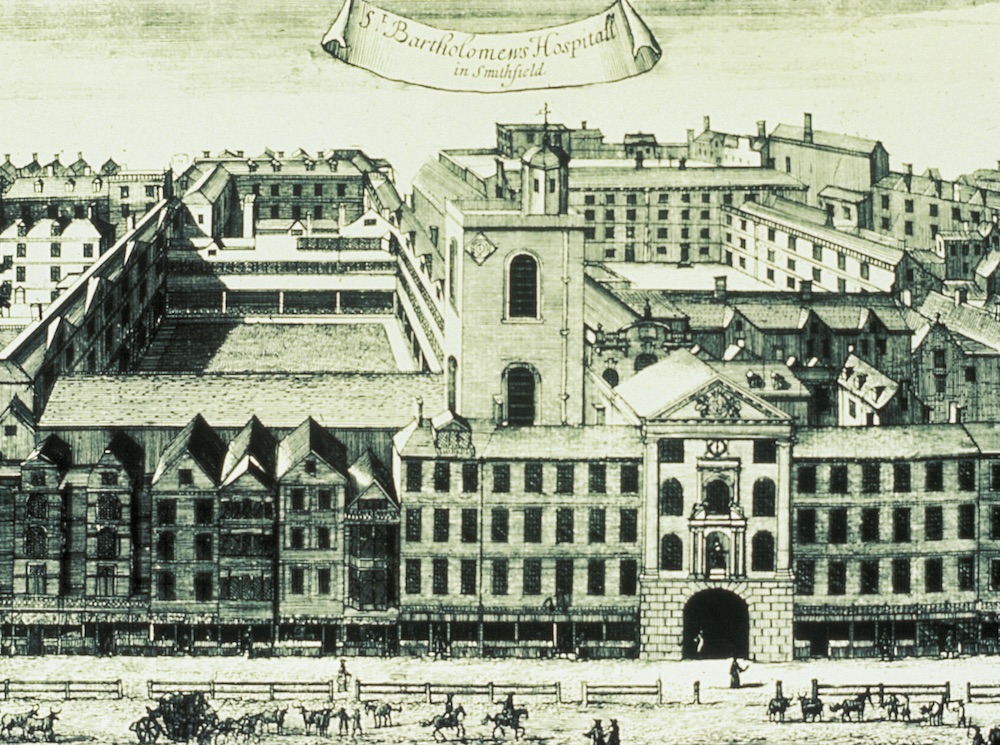
1791
1834
1843
1850
1881
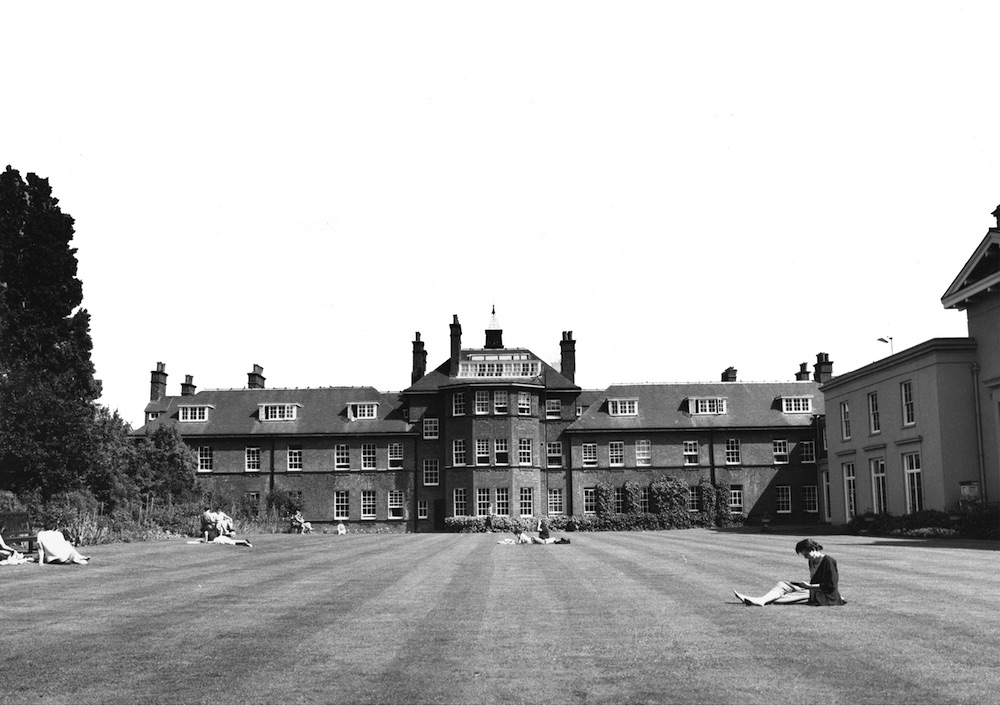
1882
1887
1896
1905
1911
1916
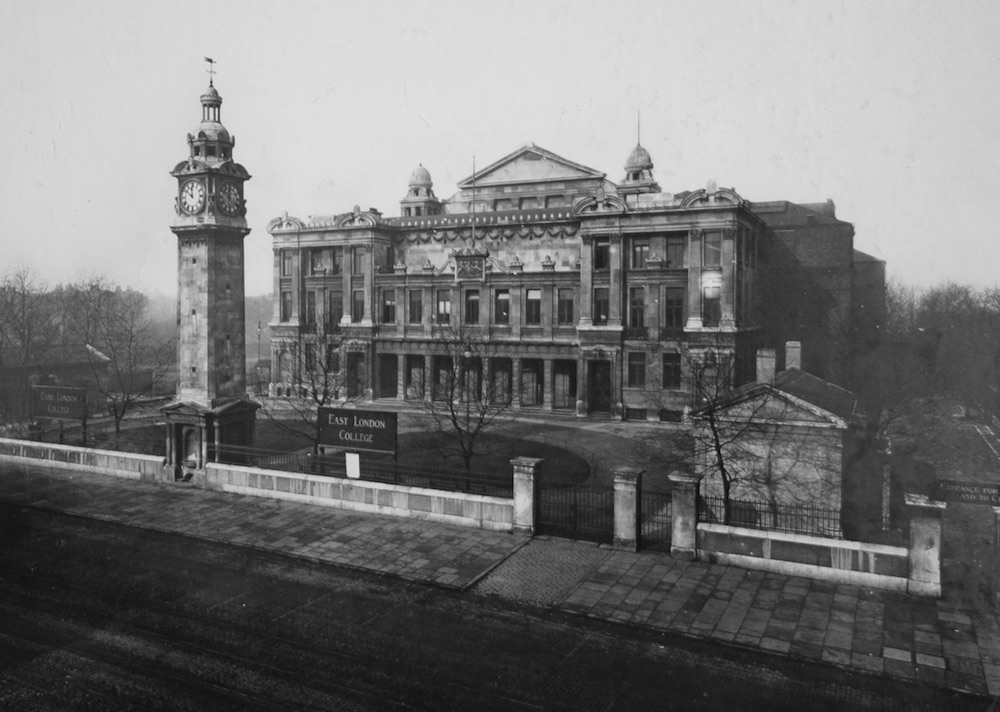
1934
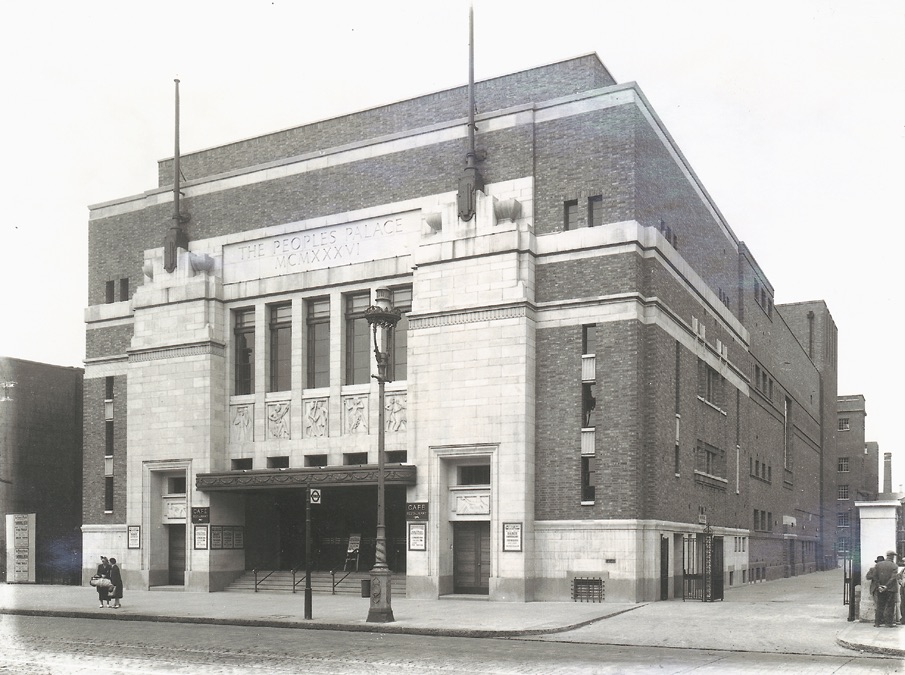
1937
1965
1968
1980
1988
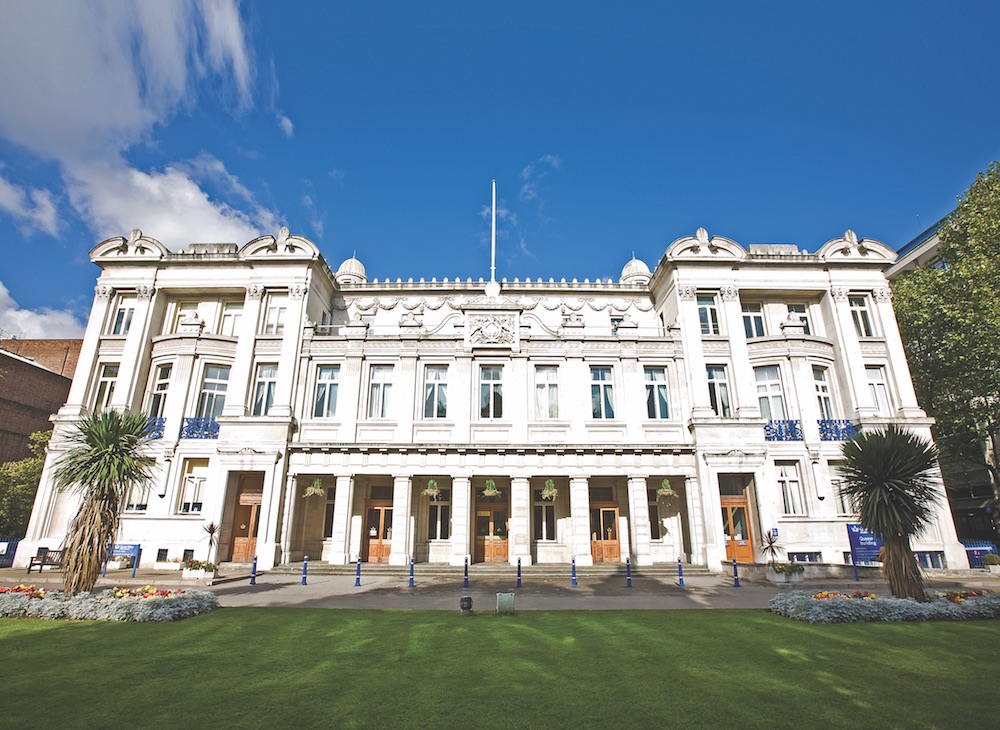
1989

1992
1995
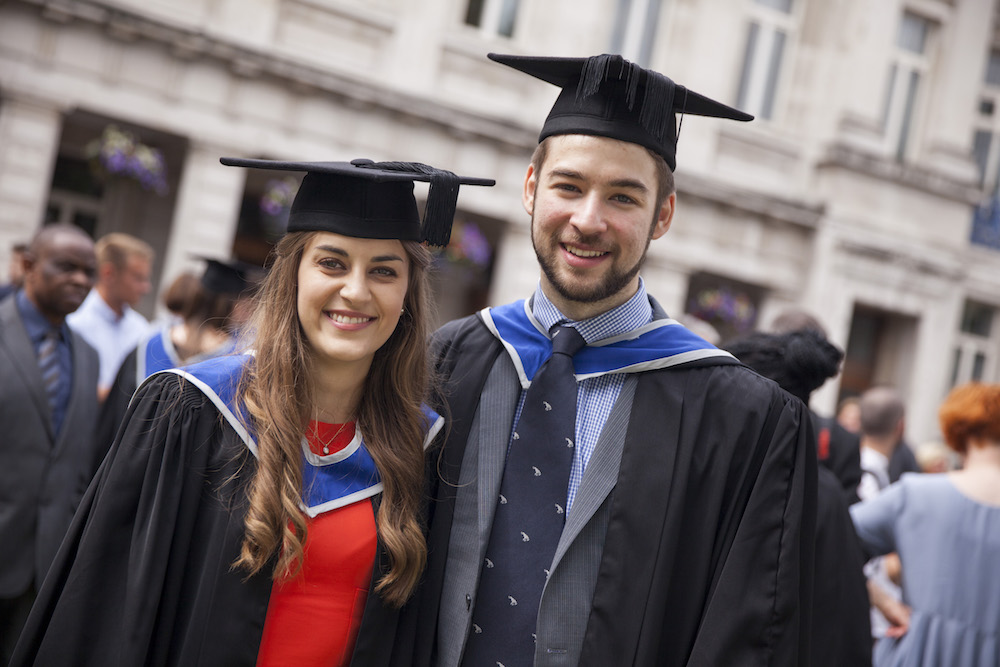
2000
2004
2005
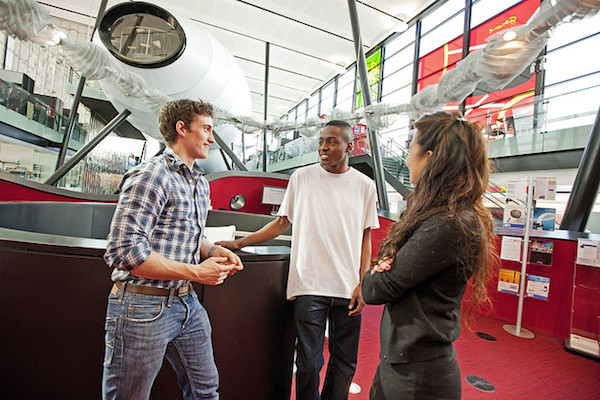
2009
2012
